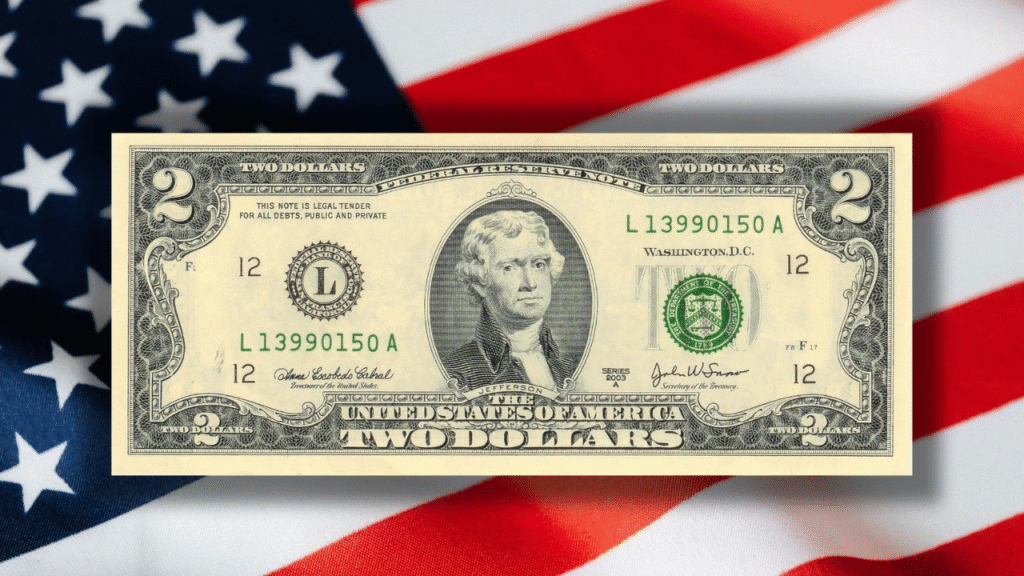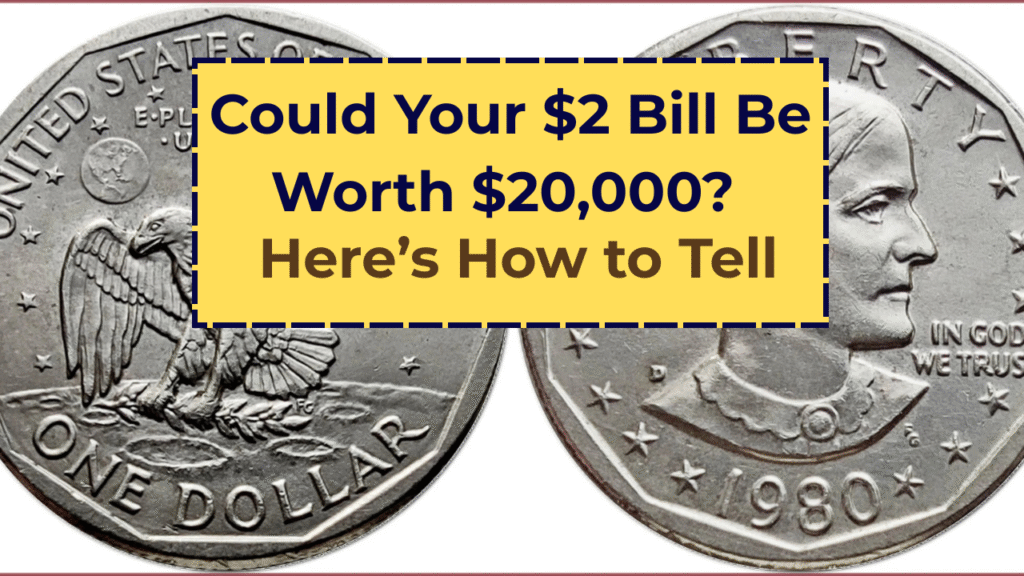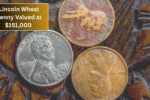In the pockets and drawers of Americans across the country may sit an unexpected treasure: the humble $2 bill. While these notes are often overlooked or even dismissed as fake by those unfamiliar with them, some rare $2 bills can fetch thousands or even tens of thousands of dollars on the collectors’ market.
But what makes a $2 bill so valuable? It’s all in the details. From the year of printing to the serial number, collectors are paying top dollar for certain versions of this iconic note. Here’s what you need to know to determine whether that $2 bill in your wallet could be worth a small fortune.
The History of the $2 Bill
First issued in 1862, the $2 bill has a long and varied history in U.S. currency. Initially featuring Alexander Hamilton, the note later adopted the likeness of Thomas Jefferson in 1869, where it remains to this day. The reverse side currently depicts the 1776 signing of the Declaration of Independence, a change made in the 1976 Bicentennial redesign.
Despite its longevity, the $2 bill has always been something of an oddity in U.S. currency. Limited circulation and sporadic printing have led many to believe the note is rare, though in reality, modern $2 bills are still printed by the Bureau of Engraving and Printing (BEP) and are legal tender.
However, while most $2 bills are only worth their face value, specific versions can be worth significantly more to collectors.
How to Identify Valuable $2 Bills
Not all $2 bills are created equal. To determine whether yours is valuable, you need to pay close attention to these key features:
1. Year of Issue
Most $2 bills in circulation today are from 1976 and later. These are typically worth only their face value unless they are in pristine condition or have unique serial numbers. However, older series, especially pre-1928 issues, can be highly collectible.
- 1928 Series: These can fetch $100 to $500 depending on condition and serial number.
- 1917 and earlier: These “Large Size Notes” are generally worth more due to their age and scarcity. Some can exceed $1,000.
2. Red vs. Green Seal
Modern $2 bills use a green seal and are part of the Federal Reserve Note series. However, older notes with red seals are United States Notes and can be more valuable.
- Red Seal Notes (1928–1963): These are more desirable and can be worth $10 to $100+.
- Green Seal Notes (post-1976): Most are not rare, but some unique serial numbers or misprints can increase their value.
3. Star Notes
A “star note” is a replacement for a misprinted note and is denoted by a star symbol at the end of the serial number. These are produced in smaller quantities and are generally more sought after.
- 1976 Star Notes: Can be worth $50 to several hundred dollars.
- Older Star Notes (pre-1963): Often command higher values, especially in uncirculated condition.
4. Serial Numbers
Certain serial number patterns can significantly increase the value of a $2 bill:
- Low Serial Numbers (e.g., 00000001): Highly desirable to collectors.
- Repeater Numbers (e.g., 12341234): Uncommon and collectible.
- Radar Notes (e.g., 1234321): Palindromic numbers are often sought after.
- Solid Numbers (e.g., 88888888): Extremely rare and valuable.
Unique serial numbers can turn a $2 bill worth $2 into one worth hundreds or even thousands of dollars depending on collector demand.
5. Condition and Grading
As with all collectibles, condition matters. A $2 bill in uncirculated or mint condition is worth more than one that’s been folded, written on, or torn.
Professional grading by a service like Paper Money Guaranty (PMG) or Professional Coin Grading Service (PCGS) can help establish the condition and authenticity of the note, increasing its appeal to serious buyers.
The $20,000 $2 Bill

Though rare, some $2 bills have sold for extraordinary prices. For example, a 2003 series $2 bill with a serial number 00000001 and in uncirculated condition sold for nearly $20,000 at auction. These are extreme cases, but they highlight the potential hidden value in what many consider pocket change.
Are $2 Bills Still Being Printed?
Yes. The Bureau of Engraving and Printing still prints $2 bills, albeit in much smaller quantities than other denominations. In fact, as of recent years, they have printed several million $2 bills for circulation, mostly to meet collector demand and fulfill requests from banks.
It’s worth noting that banks may not keep $2 bills on hand, but they can be requested. Some are even given as change at certain national parks, casinos, and government institutions.
What to Do If You Think You Have a Rare $2 Bill
If you believe you have a rare or valuable $2 bill, take the following steps:
- Don’t spend it. Keep it safe and flat.
- Do your research. Look up the serial number, series year, and seal color.
- Consider a professional appraisal. Grading agencies or reputable currency dealers can give you a better idea of the bill’s worth.
- Explore online marketplaces. Websites like eBay, Heritage Auctions, and currency-specific forums can help you gauge collector interest and price trends.
Final Thoughts
The $2 bill may not seem like much, but for collectors, it’s a window into American history and an opportunity to strike gold. While most are worth only their printed value, a keen eye for serial numbers, series years, and unique traits can help you spot the diamonds in the rough.
Before you hand over that $2 bill for a cup of coffee, take a closer look you might be holding a small fortune.




